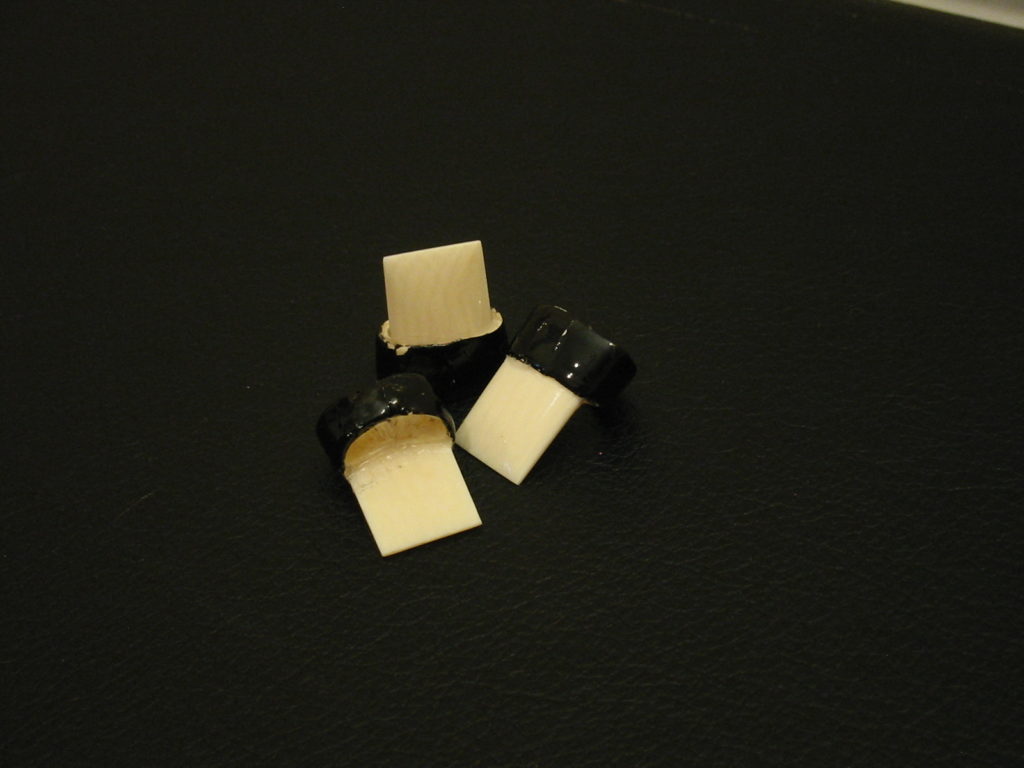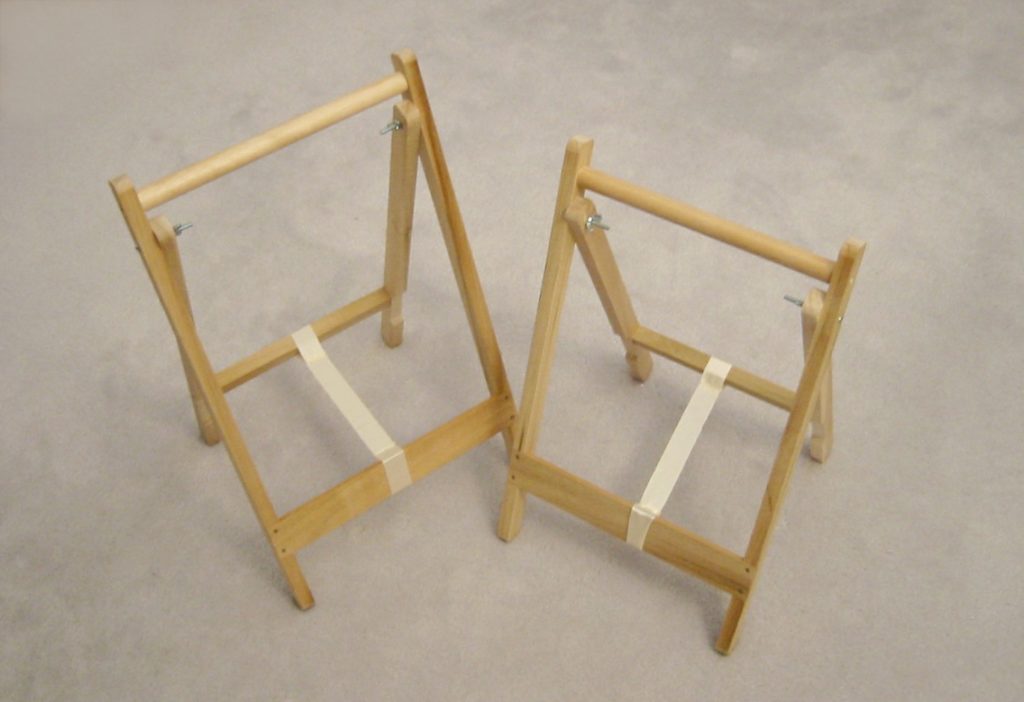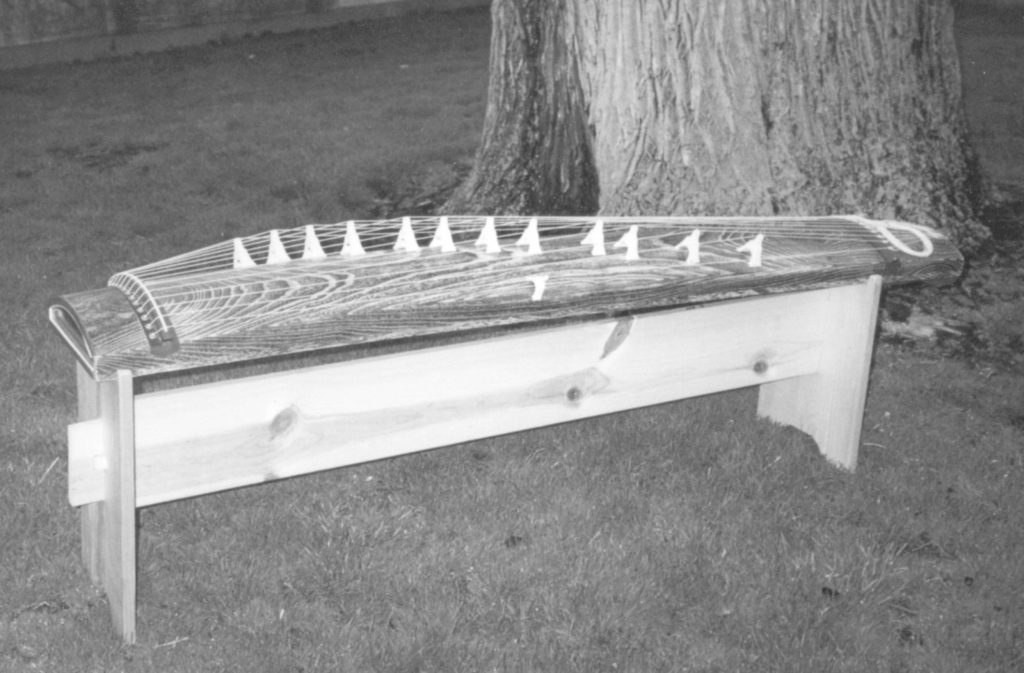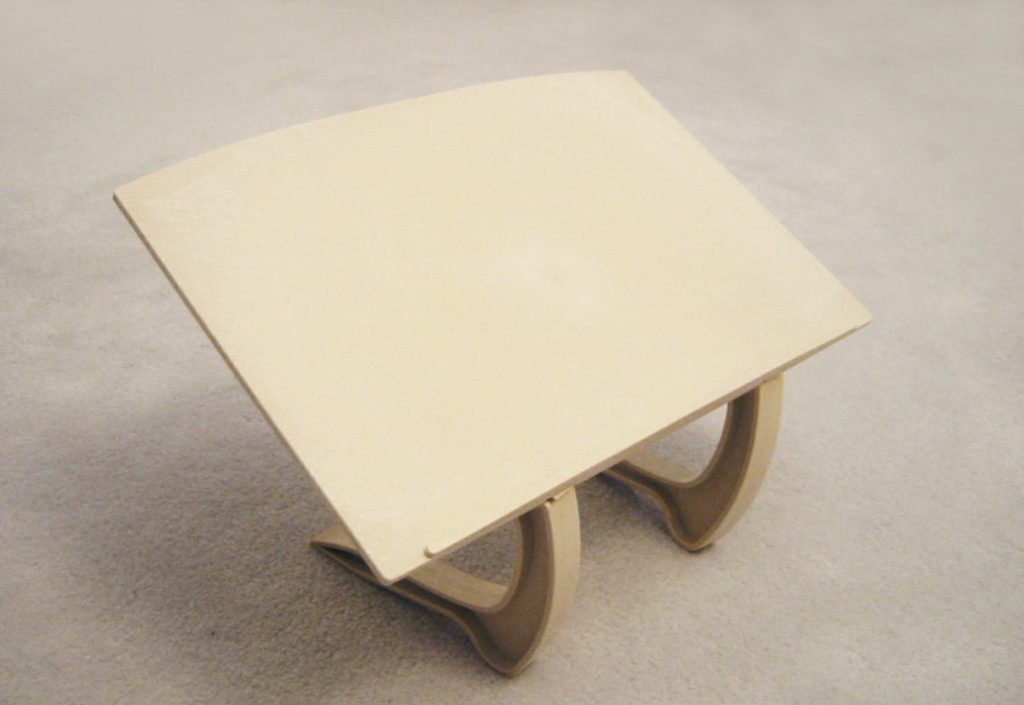The Japanese Koto first came to Japan from China and Korea in the 7th century. Initially the Koto was found only in the Imperial Court Ensemble (Gagaku) but later took on a life of its own both in and out of court society.
The Japanese Koto first came to Japan from China and Korea in the 7th century. Initially the Koto was found only in the Imperial Court Ensemble (Gagaku) but later took on a life of its own both in and out of court society.
Today the Koto is one of the most popular Japanese instruments despite its tradition of being limited to art and chamber music. Until recent years the Koto had been used only in its original 13-string size and shape. However Japanese composers are now writing for the 17-string (bass) Koto designed in 1923 by Michio Miyagi, and the 20-string and 25-string Kotos designed in 1969 by Minoru Miki and Keiko Nosaka.
The traditional 13-string koto is made of paulownia wood (kiri) and is about 1.75 meters long (a little over 6 feet) with 13 movable bridges called “ji” which are used to produce various tunings. The koto therefore can be tuned for either Eastern or Western pieces. The strings,all of the same gauge and tension, are traditionally made of silk,although recently most performers use tetron strings.
Picks are placed on the thumb, index finger and middle finger of the right hand to pluck the strings, while the right ring finger and sometimes left hand fingers are used to make a softer sound. The left hand is used to press on the strings behind the bridge to create half tones or for vibrato effect.

The koto was traditionally placed on the floor, and the player sits in seiza while playing, but nowadays it is often played on a chair.

Foldable stands are useful to carry and store.

“H-type” stands are more stable than foldable type. The center plate reflects sound from sound hole on underside of koto toward the audience. It provides better acoustics.

Music stand. This is used when the instrument is placed on the floor. Regular-height music stands are used when played on chars.


